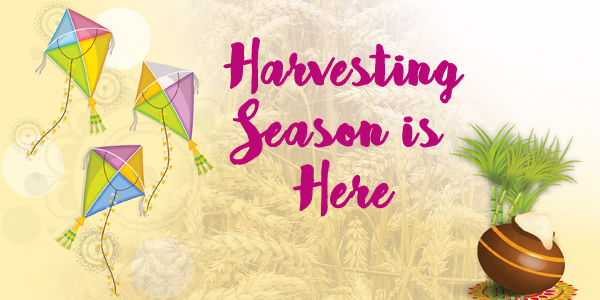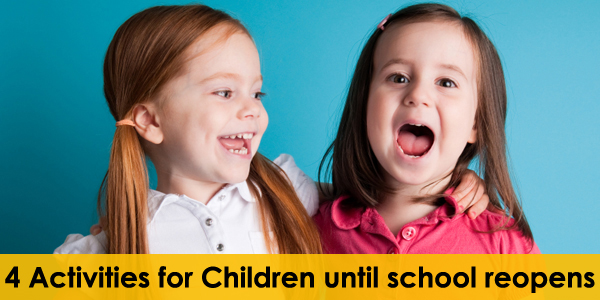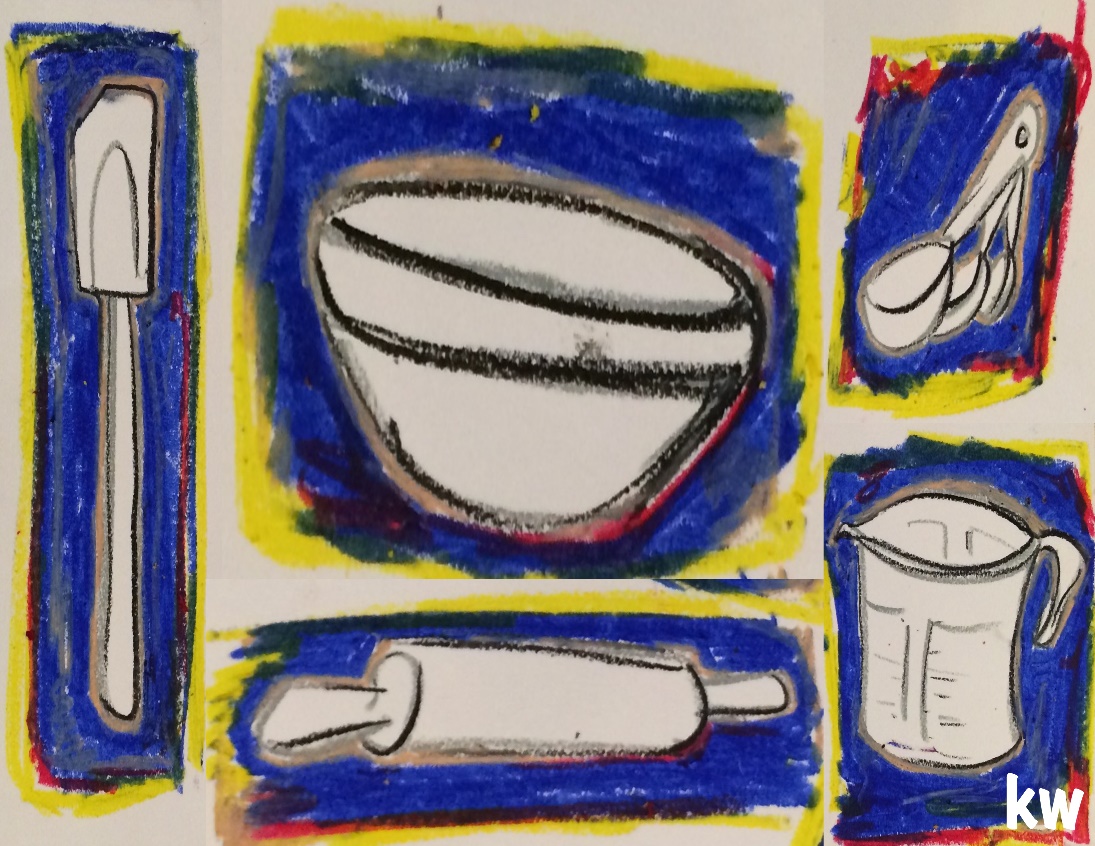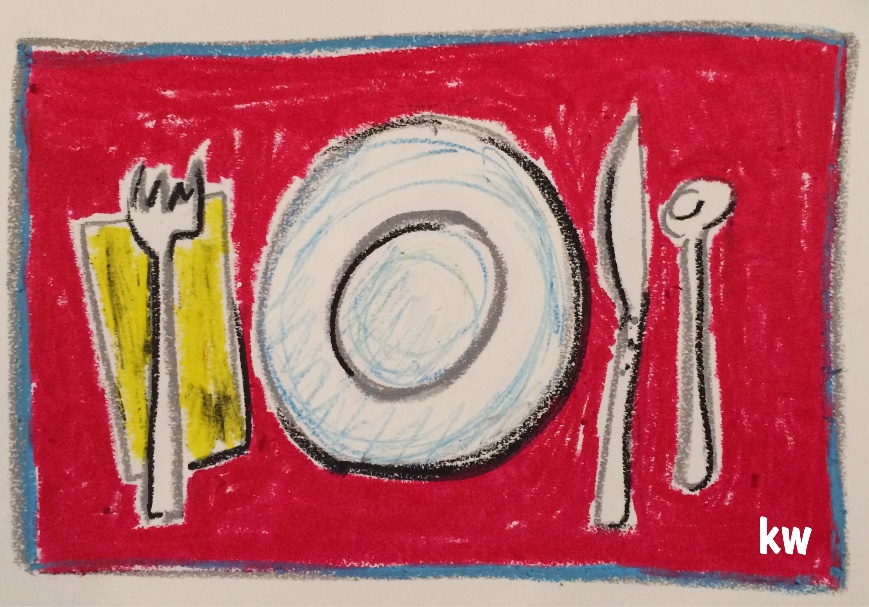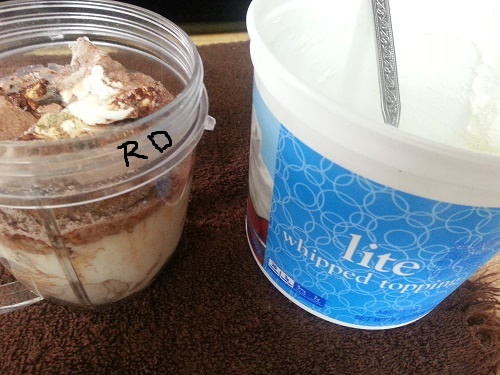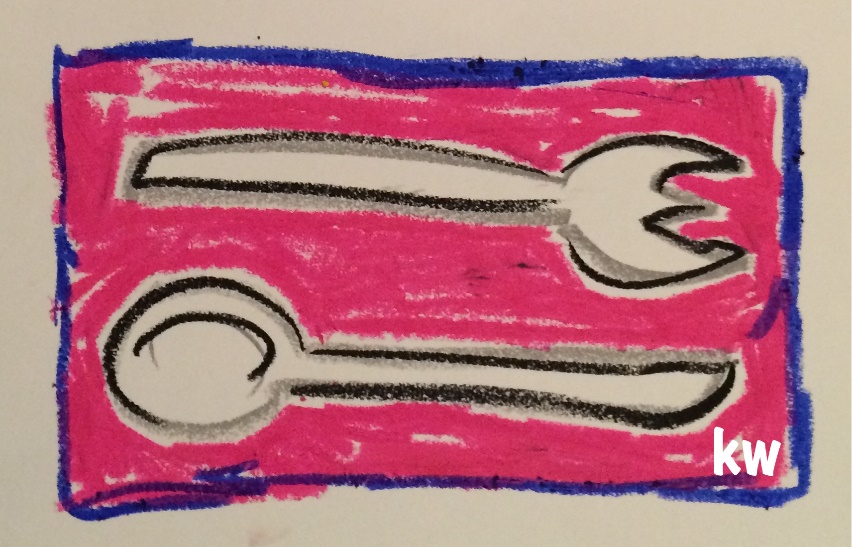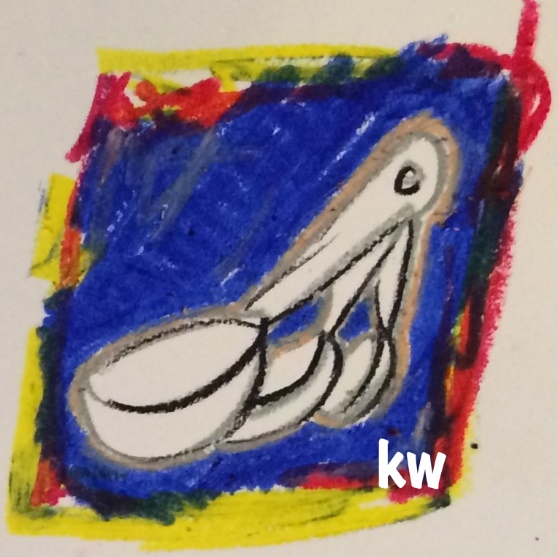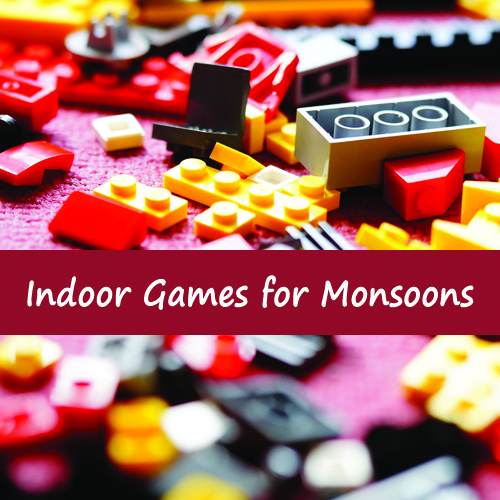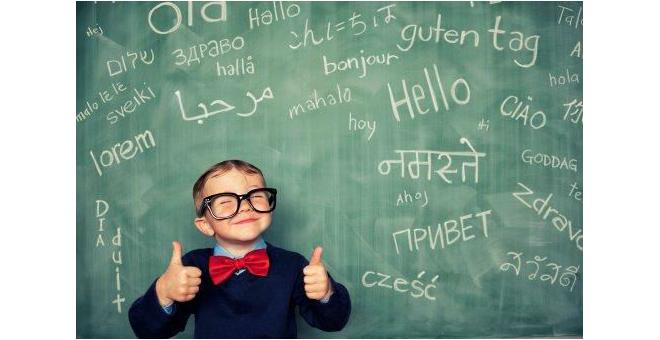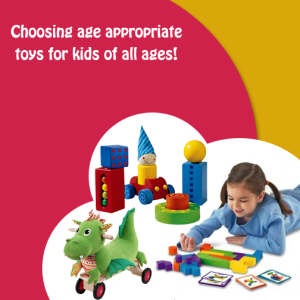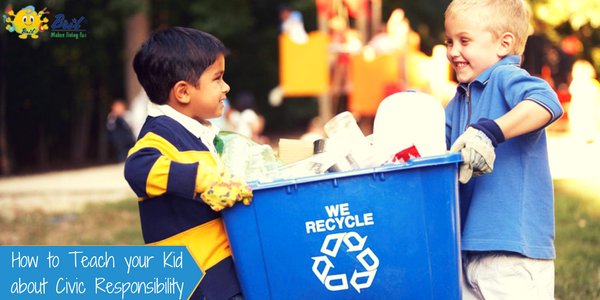
Aristotle’s statement ‘Man is a political animal’ stands true because of man’s power of speech & reasoning which animals lack. And this power of speech helps us not only to distinguish good from evil but also practice it. And this distinction is the root or genesis of politics. So, when you are teaching your child the difference between good and bad deeds, you are welcoming them into the political world.
Civic responsibility is taught in school in the form of the civics subject or in case of higher studies, political science. Understanding terminologies like democracy, socialism, and other politically related ‘isms’ is one part of the story and actually practicing them is another. Home can be a starting point for raising awareness about society, responsibilities as a citizen of India and the importance of governance. But this awareness should extend beyond the homes. Cleaning one’s room should extend to not littering outside one’s home; sharing or helping siblings or elders at home should extend to helping people on the road or innocent strangers new to town; and caring for human beings should also extend to caring for animals, plants and other living creatures.
Such acts of caring and sharing may seem very redundant but these are hugely political acts. Each decision we make from buying a product to supporting a cause is politically motivated. Our economic backgrounds and social status influence many such decisions and make us who we are. And parents need to realize the role personal politics plays in the larger political context.
In school children are taught, the meaning of government, fundamental rights & duties, constitution, the functions of parliament and its members; all these are facts and serve as nothing more than just information. This information develops into a political attitude when we start to look at them outside the textbooks. Developing a political attitude is very important to make your child understand citizenship. Being apolitical is not wrong, it just doesn’t help much in today’s world that is governed by greedy political decisions and the hunger for power; so much that human beings forget what it is to be civil or rather just human.
Good citizenship today is being coloured as a patriotism which has no place for personal freedom or diverse opinions. Right from clothes people wear, the food they eat to the films they make or watch-everything is judged with an unreasonable bias many times leading to violence. Civic responsibility must exude love & respect for people and the society and not breed a mythical idea of violent patriotism. Raising your children to be good humans, is not separate from raising good citizens.
